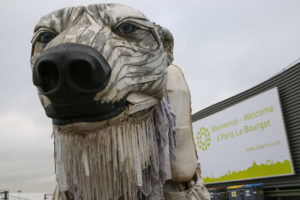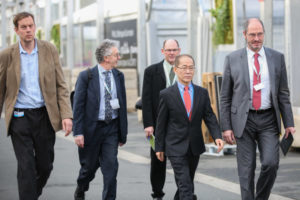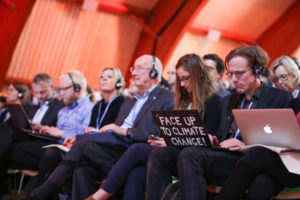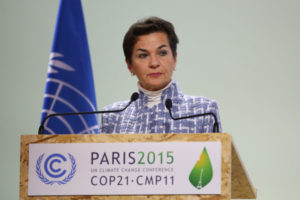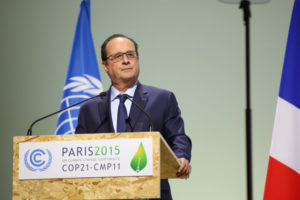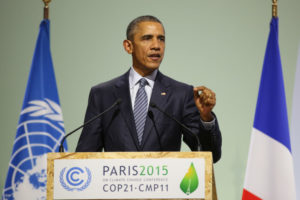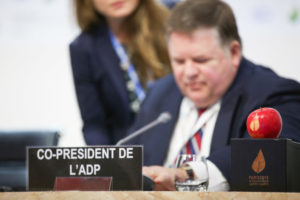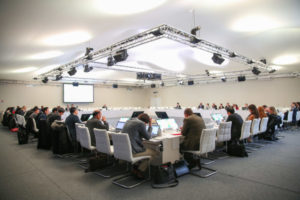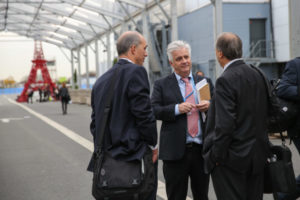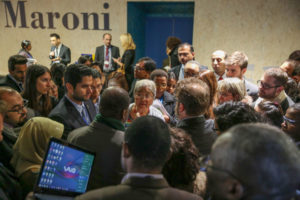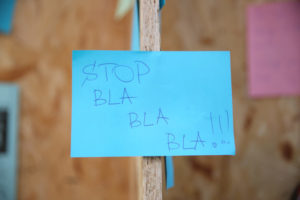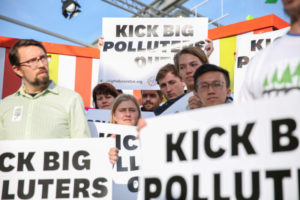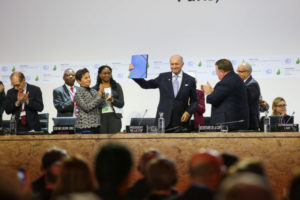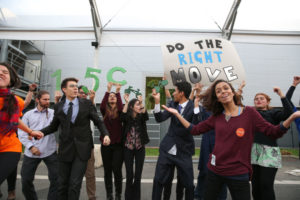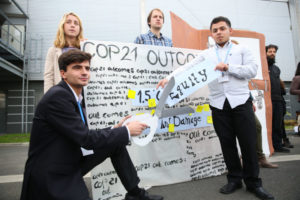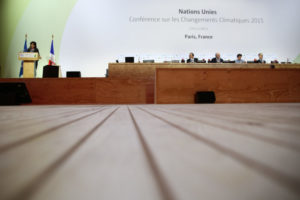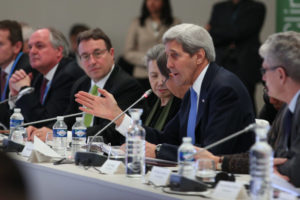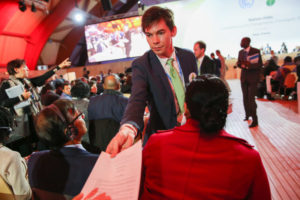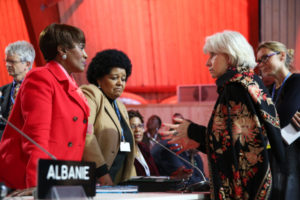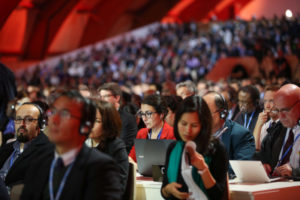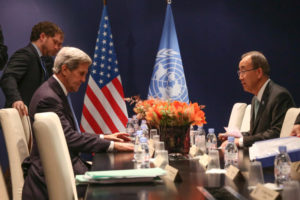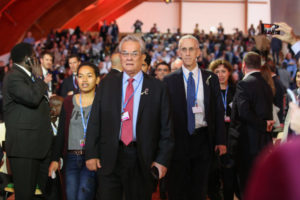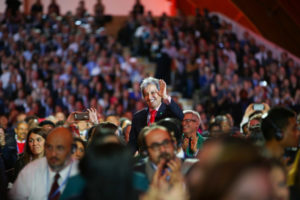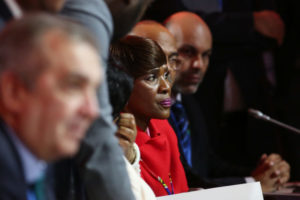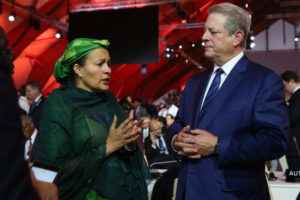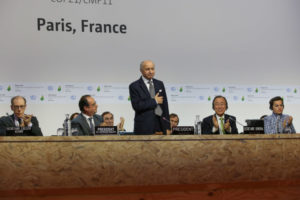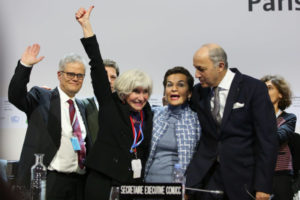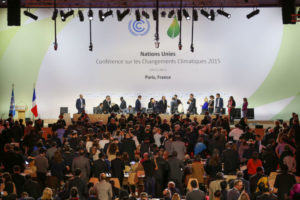Climate Change: Reaching the Paris Agreement
On 12 December 2015, Parties to the UN Framework Convention on Climate Change (UNFCCC) reached a landmark agreement to combat climate change and intensify actions for a sustainable low carbon future. The central aim of the Paris Agreement is to keep global temperature rise well below 2°C above pre-industrial levels, and to limit the increase to 1.5°C, while increasing climate change adaptation and providing financial mechanisms for climate-resilient development.
The Paris Agreement was not easy to reach. Negotiations about climate change had been ongoing for a decade and after the failure of Copenhagen in 2009 to produce a legally-binding agreement, there was enormous pressure for Paris to succeed. The negotiations were intense – only two weeks after the deadly terrorist attacks in Paris and with heightened security at every turn, delegates braced the cold winter winds of Le Bourget to find consensus. While the Paris Agreement represents only a small part in the on-going efforts needed to promote a sustainable world, it is an important step for climate governance and a reaffirmation of environmental multilateralism. As said by François Hollande, President of France, “In Paris, we have seen many revolutions. The most beautiful, most peaceful revolution has been achieved, a climate revolution.”
This collection is part of my broader portfolio of work documenting COP 21 as part of the International Institute for Sustainable Development (IISD) Reporting Services team, producing the Earth Negotiations Bulletin (ENB). For a more in-depth understanding of the climate negotiations, download From Bali to Marrakech: A Decade of International Climate Negotiations, which also features a number of my photographs, and see our full coverage of COP 21 at http://enb.iisd.org/climate/cop21/enb/.
